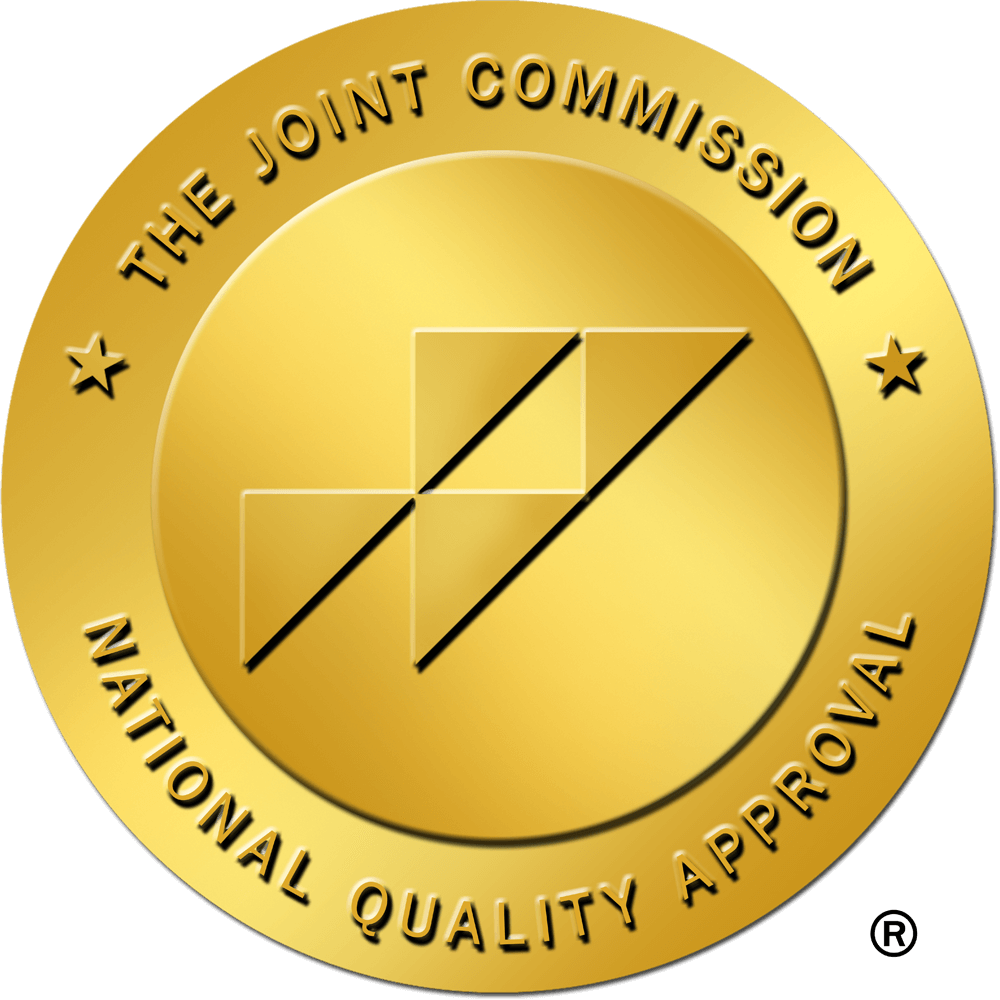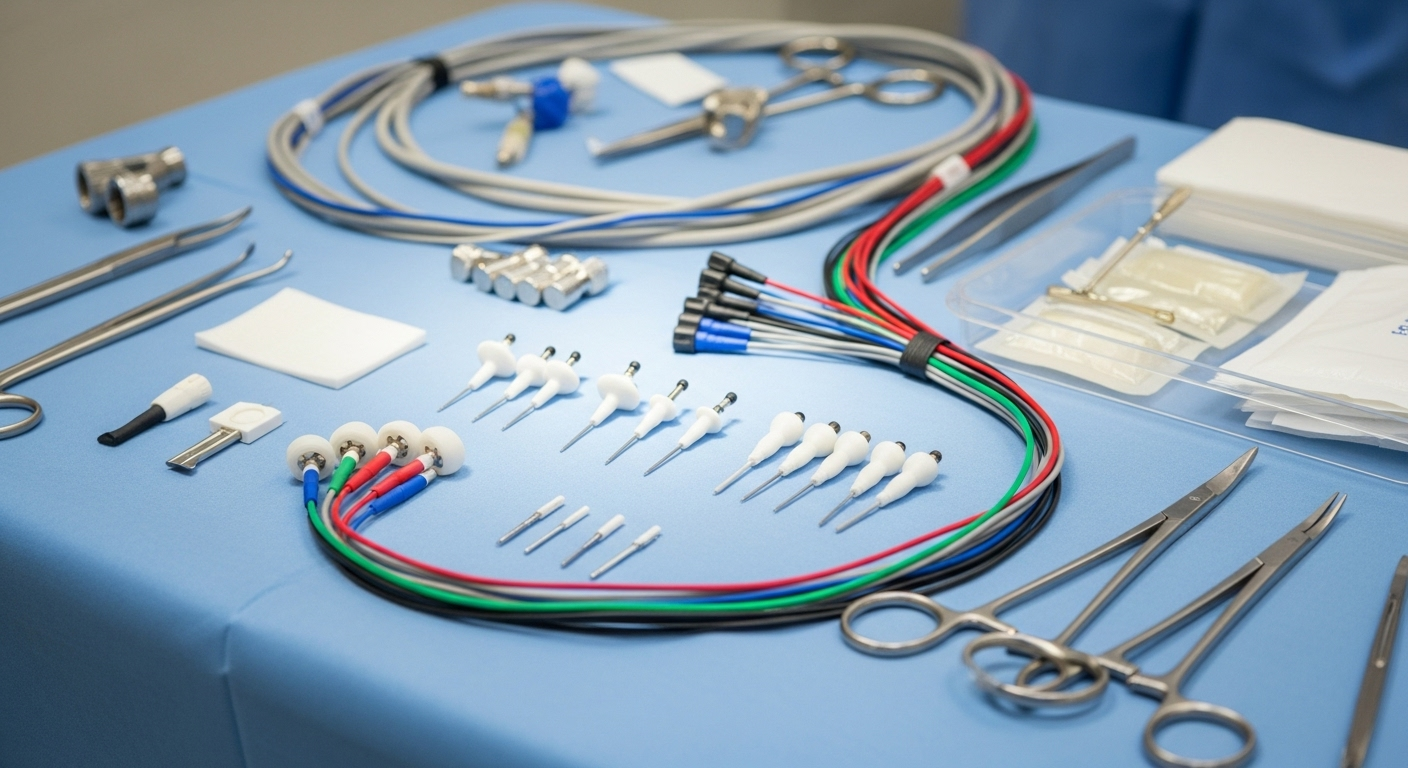Intraoperative neurophysiological monitoring (IONM) provides continuous, real-time insight into the nervous system during surgery. By tracking electrical activity from the brain, spinal cord, and peripheral nerves, IONM helps surgical teams detect potential issues before they become permanent, enhancing patient safety and surgical outcomes.
How It Works
Trained neurophysiologists and technologists apply electrodes to specific areas of the patient’s body, transmitting data to advanced monitoring systems. Throughout the procedure, technologists observe waveforms while supervising physicians interpret changes and communicate with the surgical team. Signal variations can result from anesthesia, body temperature, or surgical manipulation — distinguishing these is critical to accurate monitoring.
By integrating monitoring seamlessly into the surgical workflow, IONM serves as a real-time safeguard, supporting precision, reducing postoperative complications, and providing confidence to both surgical teams and patients.
Our Modalities
We use a comprehensive set of sensory, motor, and specialized monitoring techniques tailored to the needs of each procedure:
Sensory & Motor Pathways
- SSEP – Somatosensory Evoked Potentials
- TcMEP – Transcranial Motor Evoked Potentials
- TaMEP – Transabdominal Motor Evoked Potentials
- EMG – Electromyography
- Pedicle Screw Testing
- Direct Nerve Stimulation
Cranial & Peripheral Nerves
- RLN – Recurrent Laryngeal Nerve Monitoring
- Facial Nerve Monitoring
- CN – Cranial Nerve Monitoring (CN 2–12)
- Peripheral Nerve Monitoring
Auditory & Visual Monitoring
- BAEP – Brainstem Auditory Evoked Potentials (ABRs / BAERs)
- Speech Mapping
- VEPs – Visual Evoked Potentials
Brain Mapping & Electrophysiology
- Phase Reversal
- ECoG – Electrocorticography
- EEG – Electroencephalography
- Cortical & Subcortical Brain Mapping
- Dorsal Column Mapping
- H-Reflex
By combining these techniques, we create a comprehensive safety net that empowers surgical teams to respond immediately to potential complications, improving outcomes and minimizing risk.
Our approach blends technical precision, advanced technology, and collaborative communication to provide a seamless layer of safety. Every waveform we monitor represents our commitment to protecting neural function, supporting surgical teams, and delivering the highest standard of patient care


